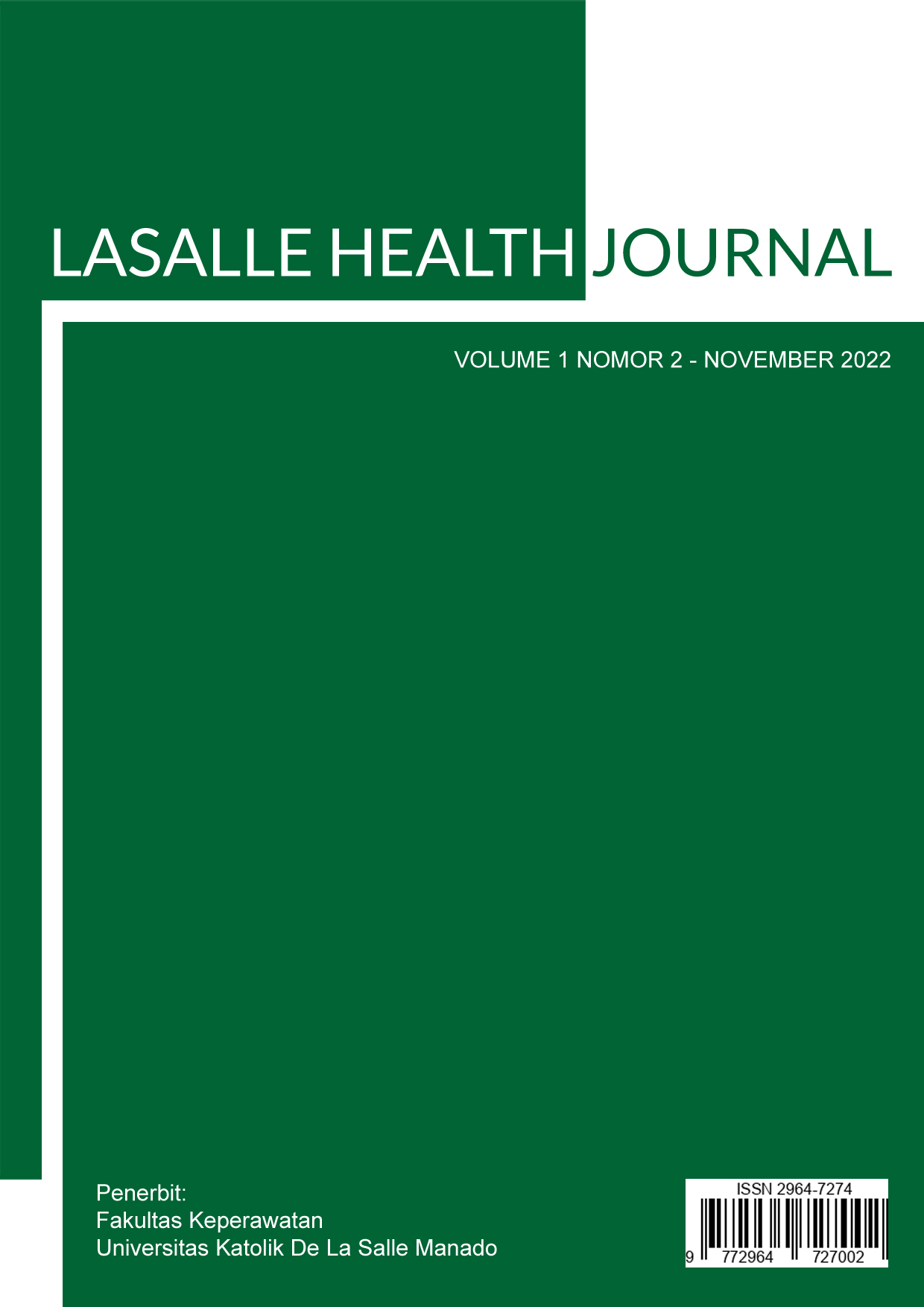PENATALAKSANAAN FISIOTERAPI PADA OSTEOARTHRITIS LUTUT DENGAN ULTRASOUND DAN QUADRICEPS SETTING EXERCISE
Keywords:
Functional Activities, Osteoarthritis, Pain, Quadriceps Setting Exercise, UltrasoundAbstract
Introduction: Osteoarthritis (OA) is the most common form of inflammation of the joints. This disease often affects the joints in the hips and knees. Osteoarthritis causes pain, disability and reduced functional capacity. Risk factors for this disease include occupation, exercise, trauma, genetics, nutrition, and hormones. Activities performed with repetitive motion or injury will increase the risk of developing OA, such as physical activity with repeated pressure on the knee can increase the risk of OA in joints that are experiencing stress. Objective: This case study aims to determine the physiotherapy management in cases of knee osteoarthritis with ultrasound and quadriceps setting exercise. Method: The respondent in this case study is a 31-year-old father at Sam Ratulangi Tondano Hospital. Assessment of pain using the Visual Analog Scale (VAS) and functional activities with the Jette scale. After doing the therapy 6 times. Results: the results obtained by giving Ultrasound and quadriceps exercise settings are as follows, for pain examination, silent pain from 2 to 1, tenderness from 4 to 2 and motion pain from 7 to 4, there is a decrease in pain intensity and for functional activity examination for squatting to standing activities the pain score was from 3 to 3, the difficulty value was from 3 to 3 and the dependency value was from 3 to 1. For activities going up and down stairs the pain value was from 3 to 2, the difficulty value was from 3 to 2 and for dependency from 2 to 1. Then for the activity of walking 6 meters the pain value is from 3 to 2, the difficulty value is from 3 to 2 and the dependency value remains 1, there is an increase in functional activity. Conclusion: The conclusion in this case study is that ultrasound and quadriceps setting exercise can reduce pain and increase functional activity in knee osteoarthritis.



